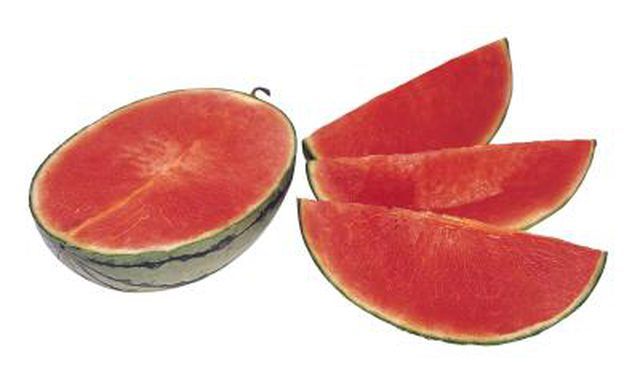Bulbs
Flower Basics
Flower Beds & Specialty Gardens
Flower Garden
Garden Furniture
Garden Gnomes
Garden Seeds
Garden Sheds
Garden Statues
Garden Tools & Supplies
Gardening Basics
Green & Organic
Groundcovers & Vines
Growing Annuals
Growing Basil
Growing Beans
Growing Berries
Growing Blueberries
Growing Cactus
Growing Corn
Growing Cotton
Growing Edibles
Growing Flowers
Growing Garlic
Growing Grapes
Growing Grass
Growing Herbs
Growing Jasmine
Growing Mint
Growing Mushrooms
Orchids
Growing Peanuts
Growing Perennials
Growing Plants
Growing Rosemary
Growing Roses
Growing Strawberries
Growing Sunflowers
Growing Thyme
Growing Tomatoes
Growing Tulips
Growing Vegetables
Herb Basics
Herb Garden
Indoor Growing
Landscaping Basics
Landscaping Patios
Landscaping Plants
Landscaping Shrubs
Landscaping Trees
Landscaping Walks & Pathways
Lawn Basics
Lawn Maintenance
Lawn Mowers
Lawn Ornaments
Lawn Planting
Lawn Tools
Outdoor Growing
Overall Landscape Planning
Pests, Weeds & Problems
Plant Basics
Rock Garden
Rose Garden
Shrubs
Soil
Specialty Gardens
Trees
Vegetable Garden
Yard Maintenance
How to Buy Seedless Watermelon Seeds
How to Buy Seedless Watermelon Seeds. Seedless watermelons are grown by treating a normal watermelon plant, known as a diploid, with the chemical colchicine. This results in watermelons which contain seeds that produce plants known as tetraploids. When tetraploid seeds are planted in the field and are pollinated by a diploid, the plant produces a...

Seedless watermelons are grown by treating a normal watermelon plant, known as a diploid, with the chemical colchicine. This results in watermelons which contain seeds that produce plants known as tetraploids. When tetraploid seeds are planted in the field and are pollinated by a diploid, the plant produces a watermelon that creates a seed called a triploid. The triploid seed produces the seedless watermelon plant. However, to create seedless watermelons, the triploid seed must be planted alongside a diploid, or standard watermelon plant, so bees can carry the pollen from the diploid plant flowers to the triploid plant flowers and the triploid plant can create seedless watermelons.
Contact your local county extension agent's office and find out if they have a list of recommended varieties of seedless watermelons that grow well in your area. Watermelons need warm soil soil and a long growing season. Seeds should be planted in mid to late spring.
Search the Internet for the type of watermelon seed that is recommended for your area. Every major seed company offers seedless watermelon seeds so you will have no trouble finding the seeds if you put in the search term, "buy seedless watermelon seeds" along with the variety of seed for which you are searching.
Verify with the seed company that the seed contains a diploid pollinator. Sometimes it is included in the package and other times it must be purchased separately. Professional seed companies will offer a pollinator variety such as the dwarf variety "sidekick" that produces flowers for pollinating the triploid plants but only produces small inedible fruit. The dwarf variety takes up little room so there is more room for the seedless vines to grow. It takes one pollinator for every three seedless plants, so be sure the ratio is correct when purchasing seed.
Pay for the seeds once you have found them on the Internet with a credit, debit card or other approved method.
Plant the seeds four inches deep in the garden when the soil temperature reaches 70 degrees F. You can also start indoors in temperatures of 75 to 80 degrees F and plant outside when the plants have three sets of true leaves and daytime temperatures are above 70 degrees.
Tips & Warnings
If both types of seeds are in the same packet, the triploid seeds in the seed package are thicker than the diploid seeds and easy to identify, so you can mark the triploid seeds or plants in the garden.